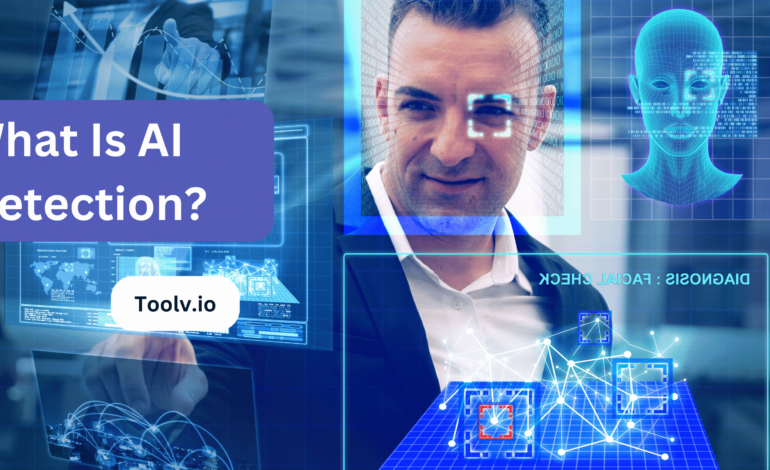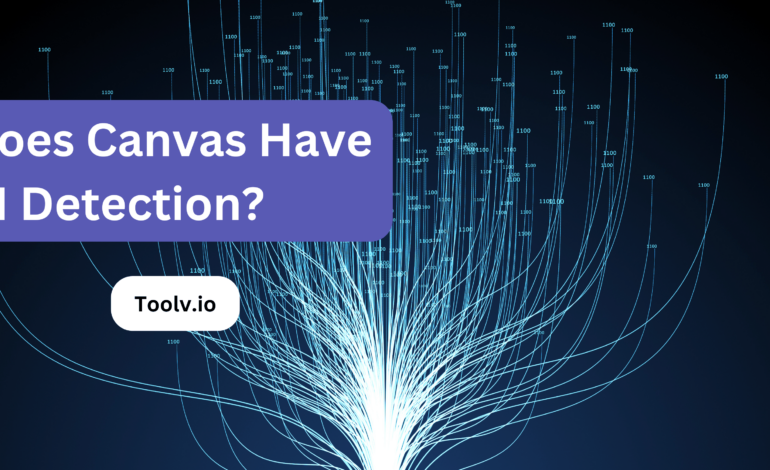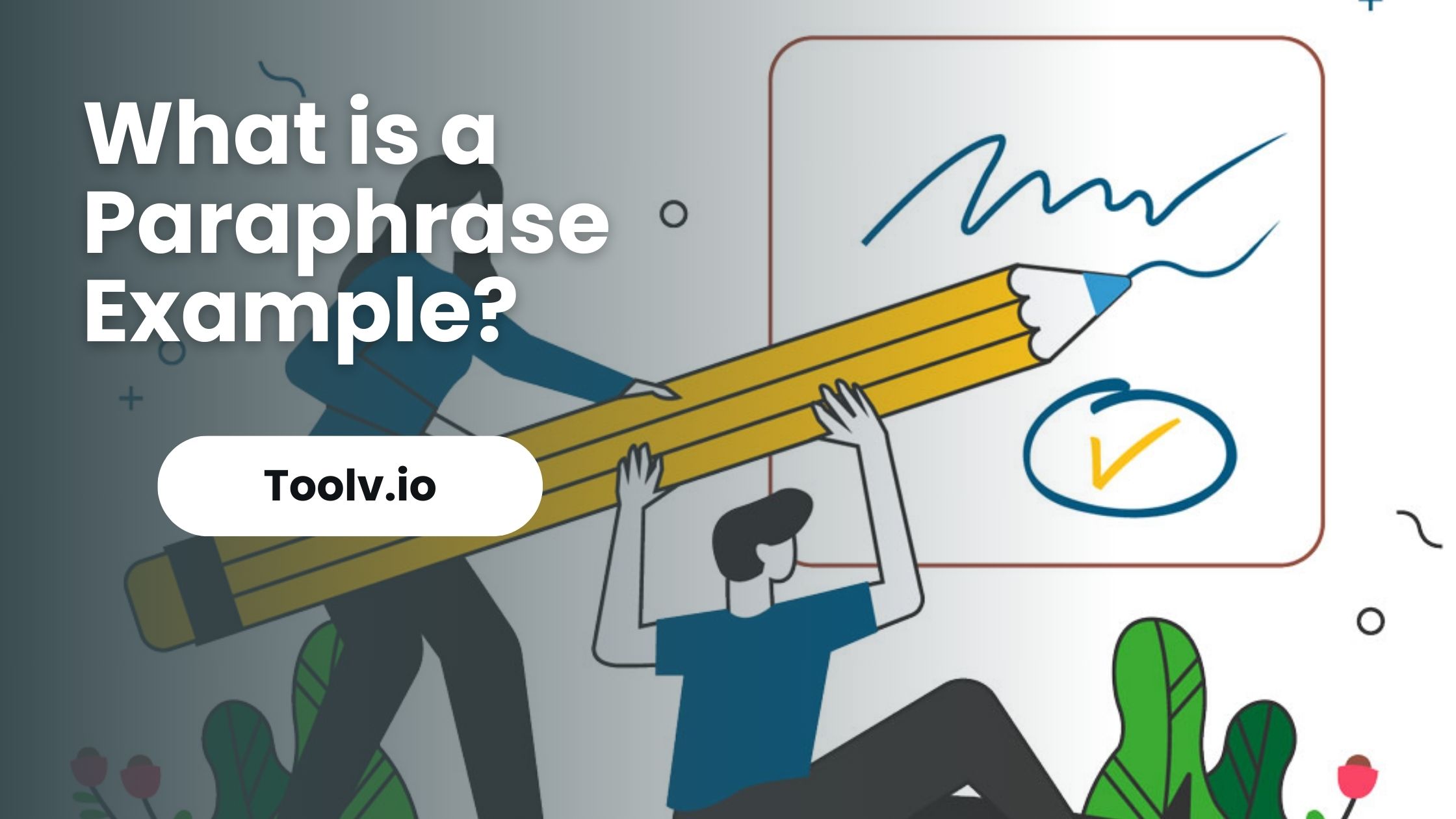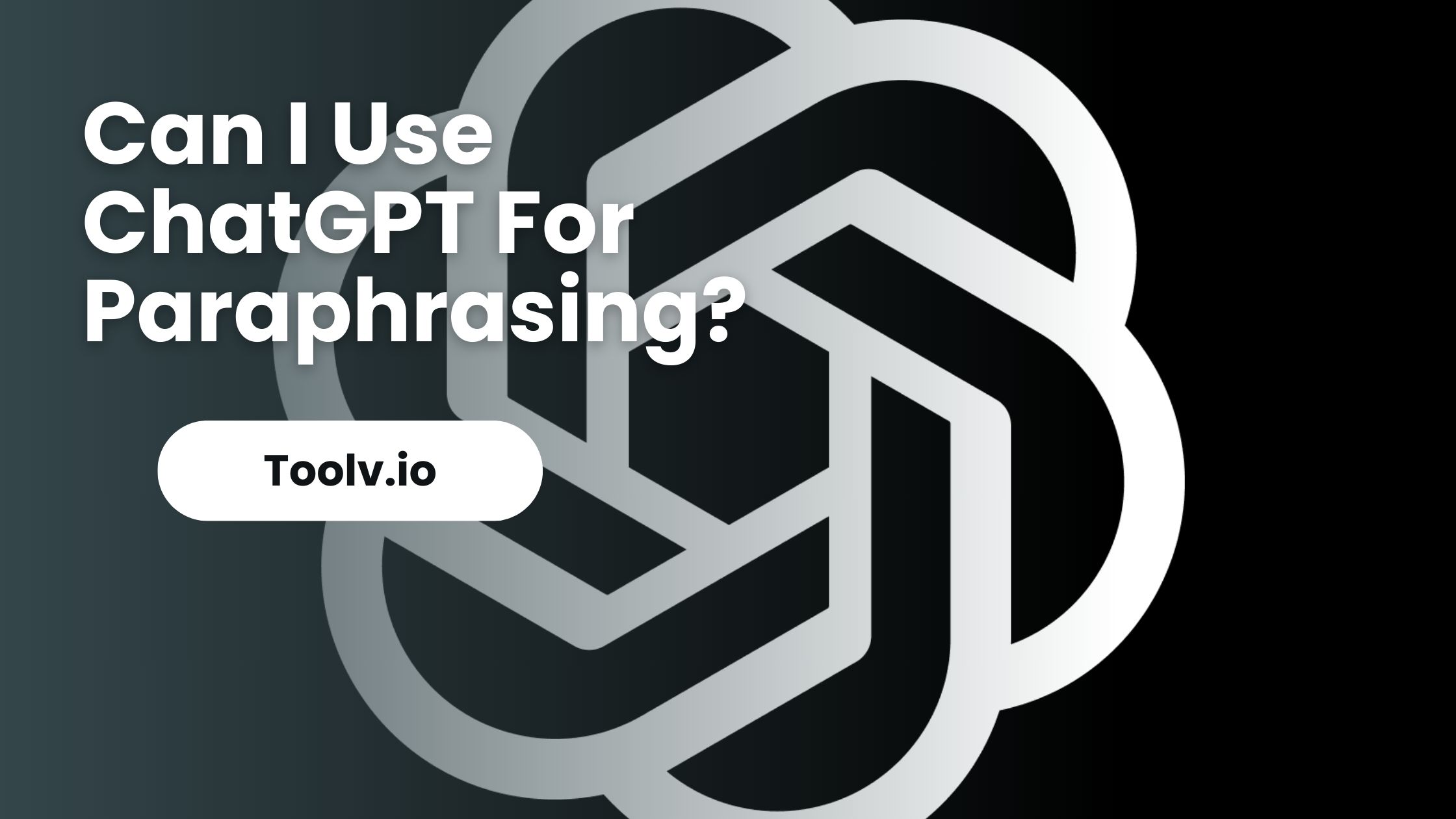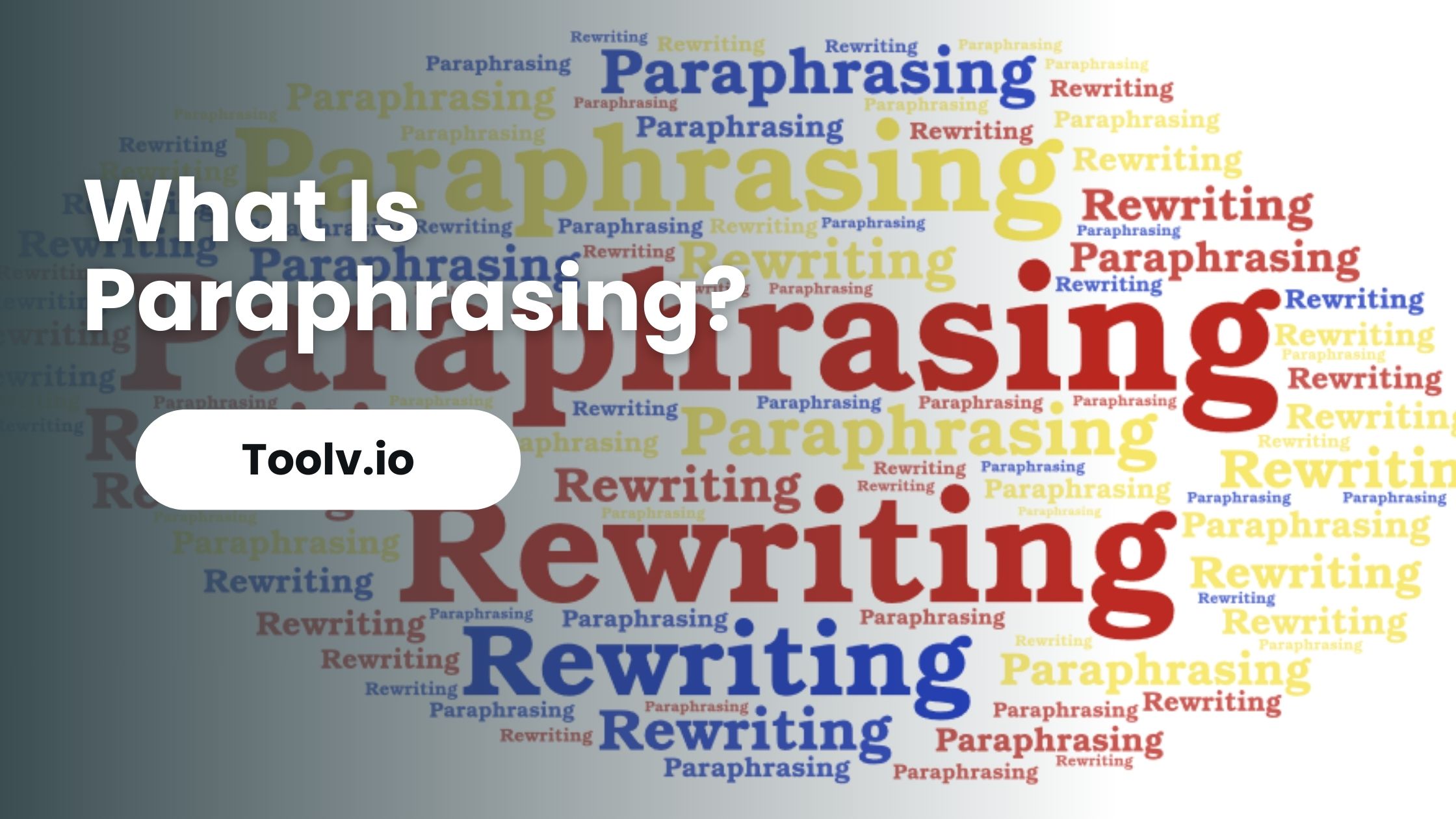How Does Turnitin Detect AI?
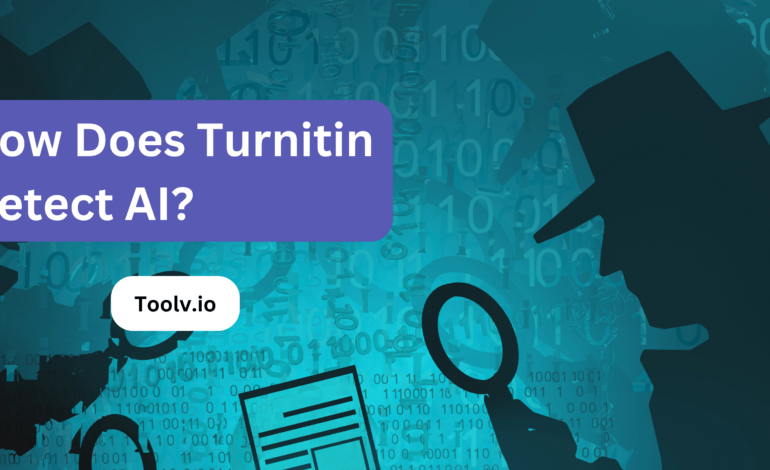
Turnitin is a popular tool used by educational institutions to check the originality of students’ work. It’s known for detecting plagiarism, but now it’s also focusing on identifying content generated by AI.
In this article, we will discuss a list of methods and techniques that Turnitin uses to spot AI-written text, ensuring the work submitted is genuinely created by the students themselves.
What Is Turnitin Detection?
Turnitin Detection is a tool used by teachers to check student work for originality. It compares the work with a huge database of other writings. This helps find if any part is copied from somewhere else.
This tool is helpful because it makes sure students do their own work. It also teaches them about the importance of creating original content. Schools and colleges use it a lot to maintain honesty in academic work.
Turnitin doesn’t just find copied work. It also gives feedback on how to improve writing. This way, it helps students learn better and avoid mistakes in the future.
Basics of Turnitin’s Operation
Turnitin works by checking the text you submit against a large database. This database has loads of books, articles, and papers from students. When you submit your work, Turnitin scans it and looks for parts that match anything in its database.
If it finds similar parts, it marks these in a report. The report shows where the matched text came from. It doesn’t mean you cheated, but it points out where your text is the same as other sources.
Teachers use this report to see if the work is original. They check the matches to decide if they are okay or if they might be copied. Turnitin helps keep things fair and teaches about using sources properly.
How Does Turnitin Detect AI?
Turnitin has started adapting its tools to detect AI-generated work, like text from chatbots or AI writing programs. It does this in a few ways:
- Writing Style Analysis: Turnitin can analyze the writing style. AI-generated text often has a certain style that’s different from human writing. The tool looks for patterns that are common in AI writing but not in human writing.
- Database Comparison: Turnitin compares the submitted text against its massive database of academic papers, websites, and books. If the text matches a lot of widely available information or seems too general, it might suspect it’s AI-generated.
- Technical Markers: AI writing tools sometimes leave specific markers or quirks in their text. Turnitin can look for these signs to identify if AI likely generates the content.
However, detecting AI-generated text is challenging and not always accurate. It’s a growing field, and tools like Turnitin are continuously updating their methods to get better at spotting AI-written content.
Challenges in Detecting AI-Generated Content
- Evolving AI Capabilities: AI is getting better and more sophisticated. It’s learning to mimic human writing styles closely, making it harder to spot differences. As AI evolves, detection tools need to keep up, which is a constant race.
- Variability in Writing Styles: People have diverse writing styles, and so do AI programs. This variability means there’s no single way to identify AI-generated text. What might be a sign of AI in one case could just be a person’s unique way of writing in another.
- Lack of Definitive Markers: Unlike plagiarism, which can be identified by matching text, AI-generated content doesn’t always leave obvious traces. It doesn’t come from a single source that can be easily checked against. This makes it tough to pin down what’s AI and what’s not.
- Context Understanding: AI might generate text that’s factually incorrect or doesn’t make sense in a given context. Detecting this requires understanding the content deeply, which can be beyond the scope of automated tools like Turnitin.
- Balance Between Detection and Privacy: Tools must respect user privacy while analyzing content. They need to be effective without overstepping and accessing or storing information they shouldn’t.
FAQs
How Does Turnitin Detect AI?
Turnitin detects AI by using advanced algorithms that analyze the text students submit. It looks for patterns, similarities, and inconsistencies that may indicate the use of AI-generated content. Turnitin’s technology is smart enough to spot AI-generated text, even if it’s been slightly modified.
Can Turnitin Tell the Difference Between Human and AI-Written Content?
Yes, Turnitin can often tell the difference between human and AI-written content. It does this by comparing the submitted text with a vast database of academic and non-academic content. While AI is getting smarter, Turnitin’s algorithms are designed to catch even subtle hints of AI involvement.
What Happens if Turnitin Detects AI in My Paper?
If Turnitin detects AI in your paper, it’s important to talk to your instructor or professor. They will review the report generated by Turnitin and determine if any action is necessary. It’s best to be honest about the use of AI tools in your work and discuss it with your educator.
Are There Any Tips to Avoid Detection by Turnitin?
While Turnitin is quite effective, there are no foolproof methods to avoid detection if you’ve used AI. The best approach is to use AI tools ethically and transparently. If you’ve used AI assistance in your work, acknowledge it in your paper and discuss it with your instructor. Honesty is the best policy when it comes to academic integrity.
Conclusion
Turnitin has smart algorithms that pick up on unusual writing patterns, including those often seen in AI-generated content. This helps teachers spot work that might not be original.
Toolv.io’s paraphrasing tool can change text to make it unique. But even with changes, Turnitin’s system is clever enough to notice when the essence of the content doesn’t seem like a student’s usual work.

